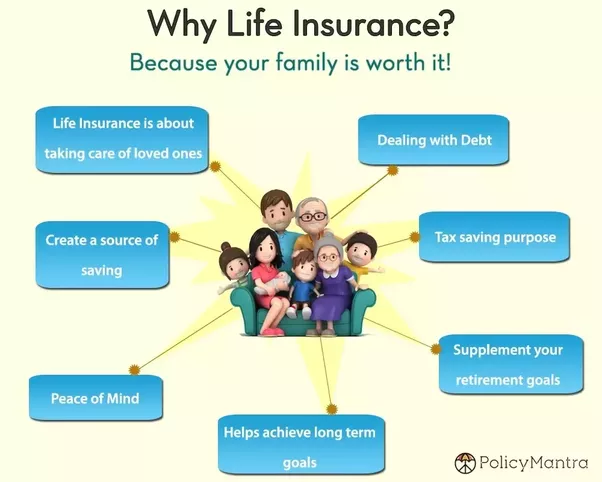6 Easy Facts About Pacific Prime Shown
Table of ContentsPacific Prime Fundamentals ExplainedThe Pacific Prime StatementsPacific Prime Things To Know Before You Get This8 Simple Techniques For Pacific PrimeSome Known Details About Pacific Prime

This is since the information were accumulated for a duration of solid economic efficiency. Of the approximated 42 million individuals that were without insurance, all but about 420,000 (concerning 1 percent) were under 65 years old, the age at which most Americans come to be eligible for Medicare; 32 million were adults between ages 18 and 65, about 19 percent of all grownups in this age group; and 10 million were kids under 18 years old, about 13.9 percent of all youngsters (Mills, 2000).
These estimates of the variety of individuals uninsured are produced from the annual March Supplement to the Existing Populace Study (CPS), carried out by the Census Bureau. Unless otherwise kept in mind, national estimates of people without medical insurance and percentages of the population with various kinds of coverage are based upon the CPS, the most widely used resource of price quotes of insurance protection and uninsurance prices.
The Only Guide for Pacific Prime

Still, the CPS is especially useful since it generates annual price quotes fairly rapidly, reporting the previous year's insurance policy protection approximates each September, and since it is the basis for a consistent collection of quotes for greater than two decades, permitting for evaluation of fads in protection gradually. For these factors, along with the considerable use of the CPS in other researches of insurance protection that are presented in this report, we rely on CPS estimates, with constraints kept in mind.

The price quote of the number of without insurance individuals expands when a populace's insurance policy status is tracked for a number of years. Over a three-year duration beginning early in 1993, 72 million individuals, 29 percent of the U.S. https://www.webtoolhub.com/profile.aspx?user=42386420. populace, were without insurance coverage for at the very least one month. Within a solitary year (1994 ), 53 million individuals experienced a minimum of a month without insurance coverage (Bennefield, 1998a)
Six out of every ten uninsured adults are themselves utilized. Functioning does boost the possibility that one and one's household participants will certainly have insurance policy, it is not an assurance. Also participants of households with two full-time wage income earners have practically a one-in-ten opportunity of being uninsured (9.1 percent uninsured price) (Hoffman and Pohl, 2000).
Indicators on Pacific Prime You Should Know
New immigrants account for a considerable percentage of individuals without medical insurance. One analysis has actually connected a considerable section of the recent growth in the size of the U.S. without insurance population to immigrants who arrived in the country in between 1994 and 1998 (Camarota and Edwards, 2000). Current immigrants (those who involved the USA within the previous 4 years) do have a high price of being without insurance (46 percent), yet they and their youngsters make up simply 6 percent of those without insurance across the country (Holahan et al., 2001).
The expat insurance connection in between medical insurance and accessibility to care is well established, as recorded later in this chapter. Although the relationship in between medical insurance and health results is neither straight neither simple, a considerable clinical and health services study literature links medical insurance coverage to enhanced access to care, much better high quality, and enhanced personal and populace wellness condition.
Levels of evaluation for analyzing the impacts of uninsurance. This conversation of wellness insurance policy coverage concentrates mainly on the U.S. populace under age 65 since basically all Americans 65 and older have Medicare or other public protection. It focuses specifically on those without any kind of wellness insurance policy for any length of time.
The Basic Principles Of Pacific Prime
The issues encountered by the underinsured are in some respects similar to those faced by the without insurance, although they are normally less serious. Wellness insurance, however, is neither needed nor sufficient to gain access to clinical services. The independent and straight impact of wellness insurance protection on accessibility to wellness solutions is well established.
Others will get the healthcare they need even without medical insurance, by paying for it out of pocket or seeking it from service providers that provide treatment complimentary or at very subsidized rates. For still others, wellness insurance policy alone does not guarantee invoice of care as a result of other nonfinancial barriers, such as an absence of health and wellness treatment carriers in their community, restricted access to transport, illiteracy, or etymological and social differences.
The Definitive Guide for Pacific Prime
Formal research study concerning without insurance populaces in the USA dates to the late 1920s and early 1930s when the Committee on the Price of Treatment generated a series of reports about funding medical professional office brows through and hospital stays. This issue ended up being prominent as the numbers of clinically indigent climbed during the Great Anxiety.